Chapter 9
Political Participation and Voting
By Boundless

Voting is the most quintessential form of political participation, although many eligible voters do not vote in elections.
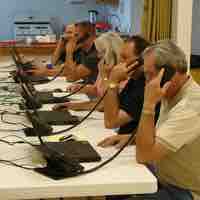
Besides voting, there are many other ways to take part in politics, each involving varying amounts of skill, time, and resources.
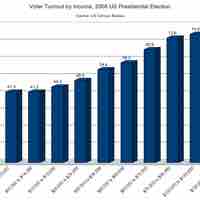
Depending on socioeconomic factors like wealth, education, or occupation, people are more or less likely to vote.
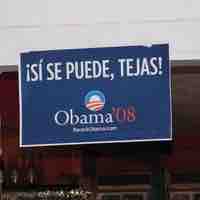
Certain factors like age, gender, race, and religion help describe why people vote and who is more likely to vote.
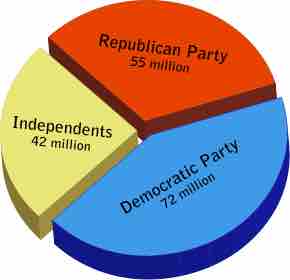
Some people are motivated to vote because they identify very strongly with one party.

People can be motivated to vote based on their political ideology, or how they think government, economy, and society should be structured.
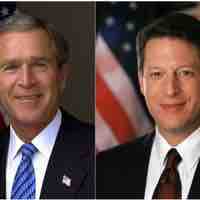
Oftentimes, people vote based on specific candidate's characteristics, experiences, or likeability.
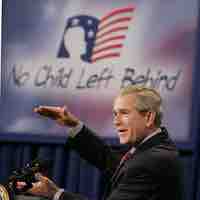
In some elections, voters are motivated to vote a certain way based on specific policy preferences, which is called issue voting.
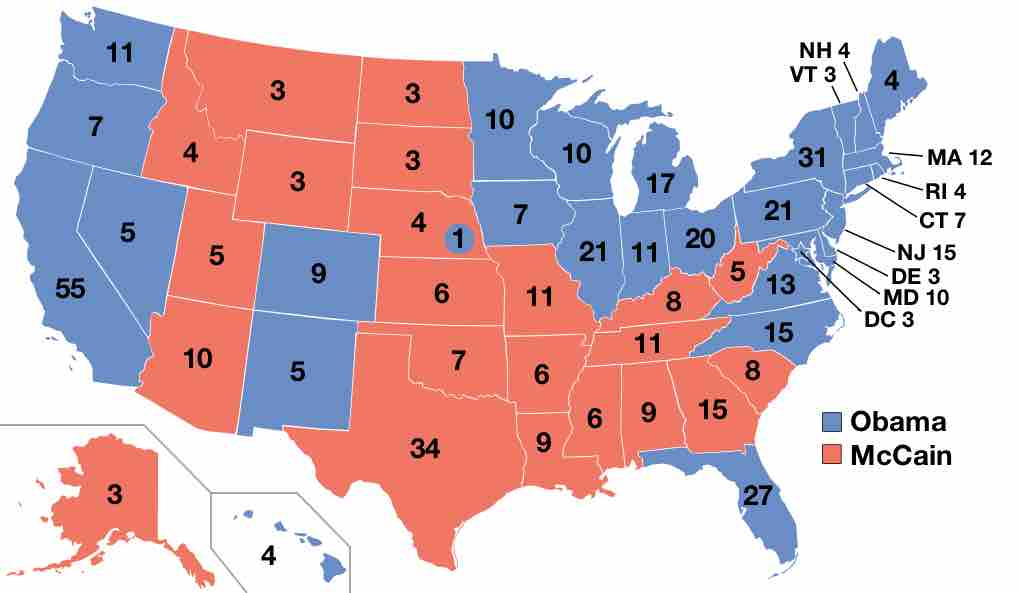
The significance of voter turnout, the percentage of eligible voters who cast a ballot in an election, has been debated by scholars.
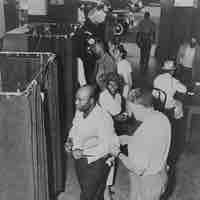
Many causes have been proposed for the decline in voting, including demographics, voter fatigue and voter suppression, among other things.
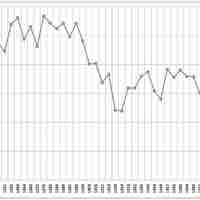
Low voter turnout is often considered to be undesirable; there is much debate over the factors that affect turnout and how to increase it.

Generally, rules and laws are easier to change than attitudes, and thus the task of improving voter turnout must consider these factors.
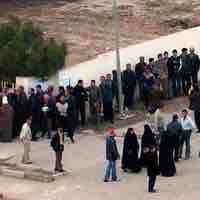
Assuming that low turnout is a reflection of disenchantment, a poll with very low turnout may be an inaccurate reflection of the electorate.
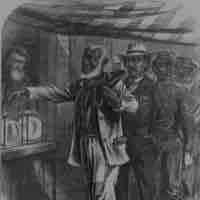
For a large part of the history of the US, black voters were blocked from voting either directly or indirectly.
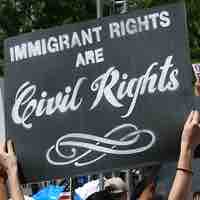
On average, Latino citizens continue to vote at significantly lower rates than non-Latino white voters.

The diversity and polarization of the Asian American community makes it difficult to generalize their voting patterns.
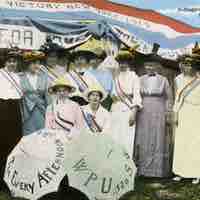
In 1920, the Nineteenth Amendment to the Constitution gave women the right to vote and, today, women vote at similar rates to men.
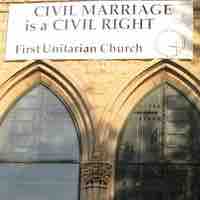
Within the United States, religious identity plays a significant role in political participation and voting.
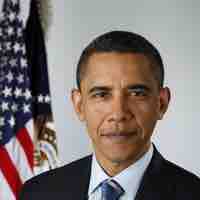
Political participation differs notably by age; in general, older citizens are more likely to turn out in elections than younger ones.